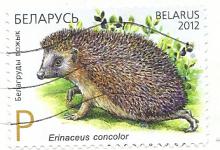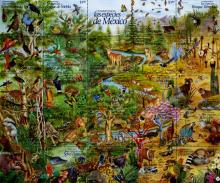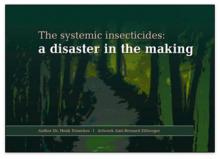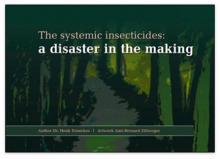In the last few years, the population of bats has dropped 36 percent in the northern part of Georgia
The Peach State has 16 species of bat, but they're becoming more scarce by the minute. In the last few years, wildlife officials say the population has dropped 36 percent in the northern part of Georgia. One reason: a fungal disease called white nose syndrome. "They're finding that it's traveling further south. They're still doing a lot of research of what's causing it," Daniele Buck said. Buck, senior bird keeper at the Jacksonville Zoo, says pesticides and the loss of roosting locations may also be contributing to the decline. Now, the Georgia Department of Natural Resources wants our help. Biologists are asking coastal homeowners to count and document as many as they can. "You can report the number of bats you see in your neighborhood. Of course, if you do see a bat on the ground -- never touch it," Buck said. While the coastal area doesn't have caves, bats can be found in marshes, palm fronds and barns. They're one of the most important species in the ecosystem. Buck says their survival is key. "They eat mosquitos and other insects that can actually be harmful to humans," he said.










